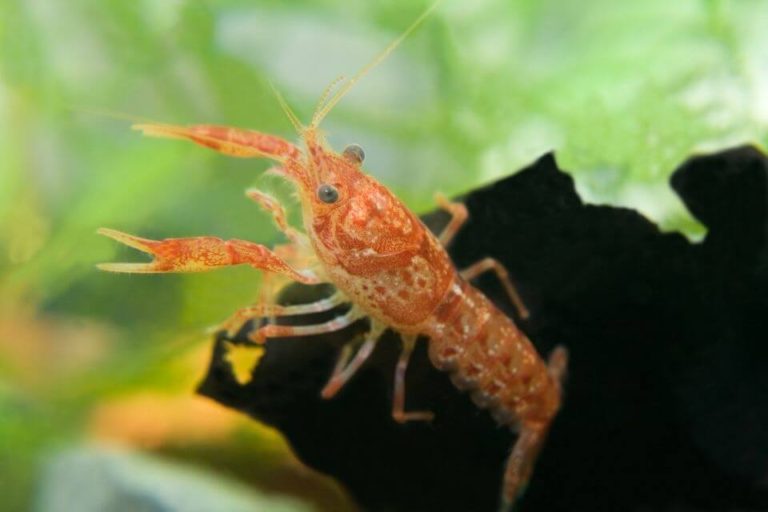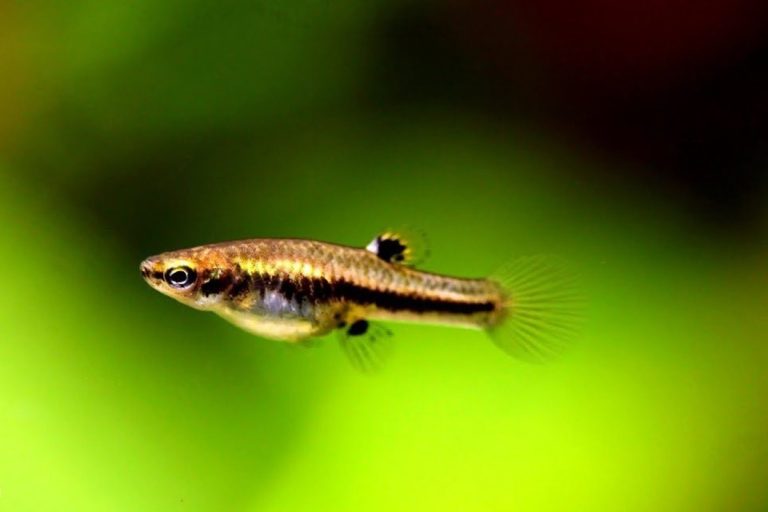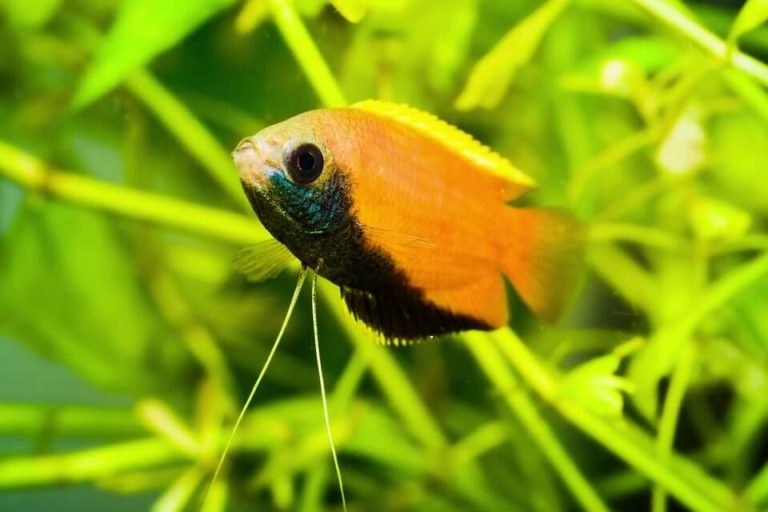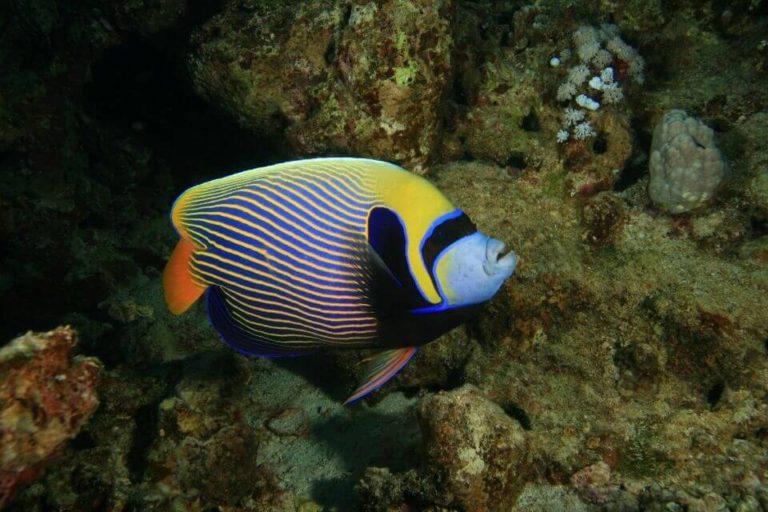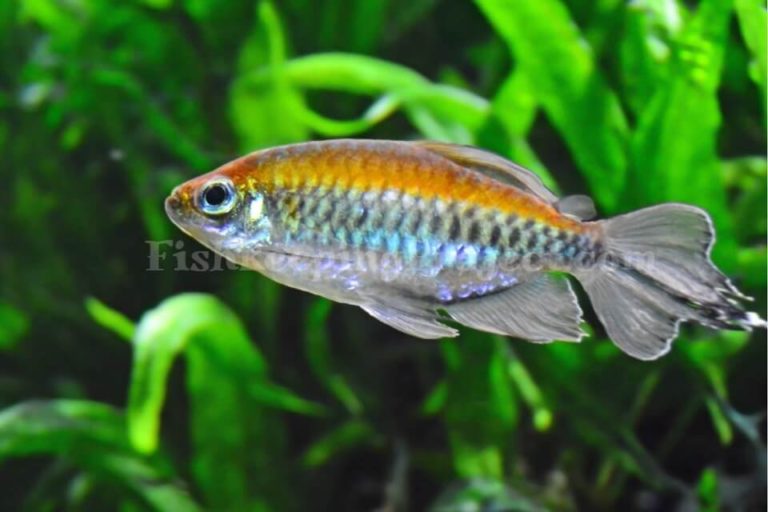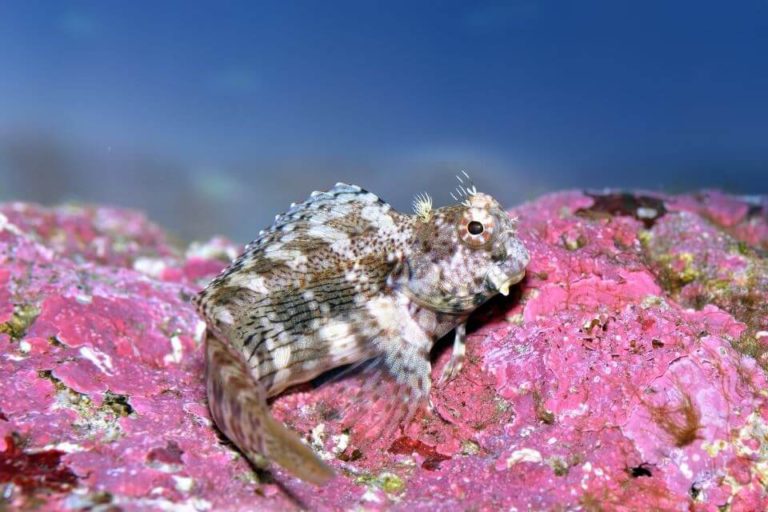Siamese Algae Eater Care (Tank Mates, Tank Size, and Feeding)
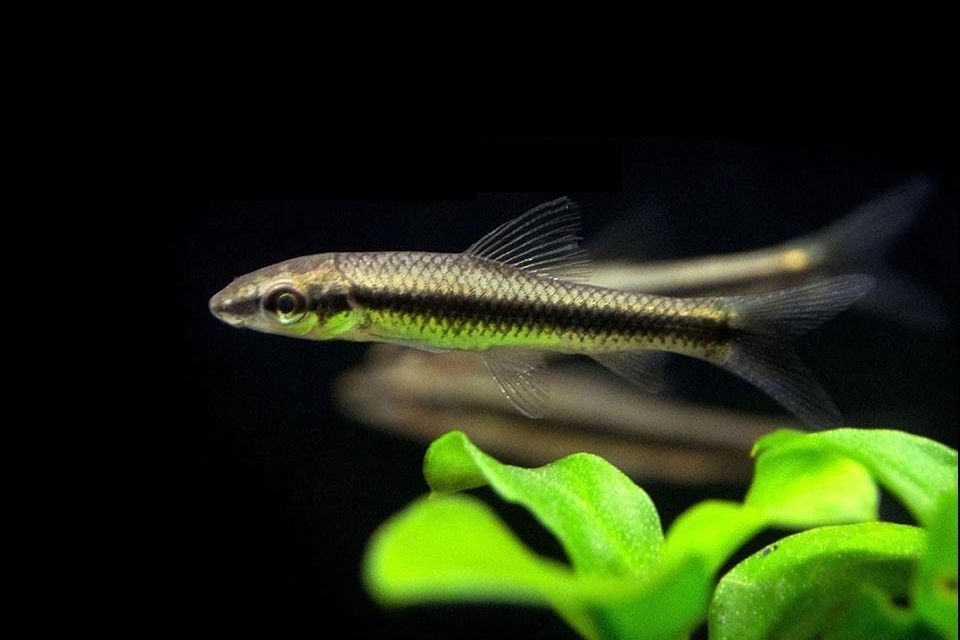
Are you struggling with algae overgrowth in your aquarium? Siamese algae eaters could be the solution you’re looking for.
These small, peaceful fish are known for their voracious appetite for algae, making them a popular choice for aquarists dealing with this common problem.
In this Siamese algae eaters care guide, we’ll delve into the characteristics and care requirements of Siamese algae eaters, as well as their effectiveness in keeping aquariums clean and pristine.
Whether you’re a beginner or an experienced aquarist, understanding the role of Siamese algae eaters can help you maintain a healthy and balanced aquatic environment.
Species Overview
Siamese Algae Eaters are fascinating freshwater fish that serve as a natural solution for algae problems in aquariums. Let’s delve into their physical description, habitat, and origin.
Siamese Algae Eaters have a slender, elongated body and a sucker-shaped mouth that allows them to cling to surfaces. Their coloration is typically a subtle silver-to-gold gradient, with a distinctive horizontal black stripe running from head to tail.
This stripe gives them a sleek and striking appearance, making them an attractive addition to any aquarium.
Siamese Algae Eater Size
The typical size of a Siamese algae eater is around 1.5 to 2 inches when they are juveniles. As they mature, a full grown Siamese Algae Eater can reach sizes of 6 inches or more.
It’s important to consider the size of your aquarium when adding Siamese Algae Eaters, as they require enough space to move around and thrive.
Siamese Algae Eater Lifespan
The Siamese algae eater’s lifespan typically ranges from 5 to 10 years. Proper care, including a suitable environment, a balanced diet, and good water quality, can contribute to a longer lifespan.
This species is known for its algae-eating abilities, making them popular among aquarium enthusiasts. It’s important to provide them with a well-maintained tank and a proper diet to ensure their health and longevity.
Habitat and Origin
Siamese Algae Eaters are native to the rivers and streams of Southeast Asia, particularly Thailand and Malaysia. They thrive in freshwater habitats with a steady flow and are often found in densely vegetated areas.
Their natural environment influences their behavior and diet, making them well-suited for managing algae growth in aquariums with similar conditions.
Behavior and Tank Requirements
Siamese algae eaters (SAEs) are known for their peaceful and sociable nature, making them an excellent addition to community tanks.
They peacefully coexist with a wide range of fish species, particularly those that inhabit the middle and bottom water levels. However, it’s best to avoid housing them with aggressive or overly territorial fish to prevent stress or conflict.
When setting up a tank for Siamese algae eaters, it’s important to consider their need for space and natural habitat. A minimum tank size of 30 gallons is recommended to provide ample room for swimming and foraging.
Additionally, be sure to incorporate plenty of caves, plants, and driftwood to simulate their natural environment and offer hiding spots.
In terms of water conditions, SAEs thrive in well-oxygenated water with a neutral pH level ranging between 6.5 and 7.5.
They are also adaptable to various water hardness levels, but it’s crucial to maintain stable and pristine water conditions to ensure their well-being.
When it comes to diet, Siamese algae eaters are primarily herbivorous and exhibit an excellent appetite for algae.
However, it’s essential to supplement their diet with high-quality sinking algae wafers and occasional servings of blanched vegetables such as zucchini and cucumber to ensure a balanced nutritional intake.
In summary, creating a harmonious environment for Siamese algae eaters involves thoughtful consideration of tank size, water conditions, and a diverse herbivorous diet.
Aquarists can provide a thriving and fulfilling habitat for these lively and beneficial fish by accommodating these aspects.
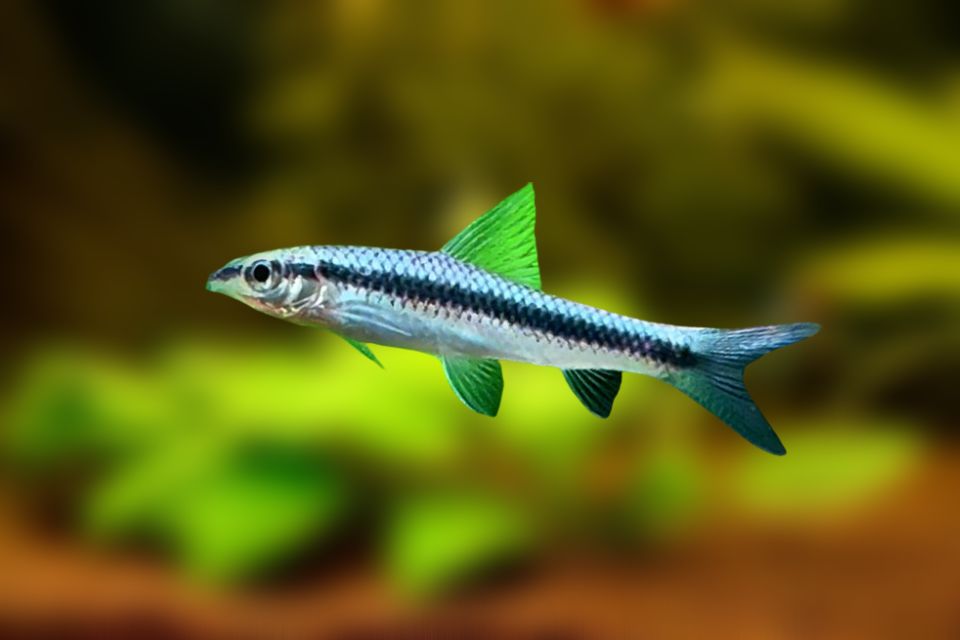
Siamese Algae Eater Care and Maintenance
Taking care of Siamese algae eaters involves creating a suitable environment and practicing regular maintenance to ensure their health and well-being.
Proper tank setup and decor are essential, along with effective maintenance tips to keep these fish happy and thriving.
» Tank Setup and Decor
When setting up a tank for Siamese algae eaters, it’s important to prioritize their natural habitat. Opt for a spacious tank with plenty of vegetation and hiding spots.
Consider adding live plants like Java moss, Anubias, or Java fern, which not only serve as a food source but also provide cover for the fish. In addition, incorporate smooth gravel or sand substrate to mimic their natural riverbed environment.
As a schooling fish, Siamese algae eaters thrive in groups, so consider having at least three to five of them in the tank to ensure their social well-being.
» Maintenance Tips
Regular maintenance is crucial in ensuring a healthy and thriving environment for Siamese algae eaters. Here are some essential maintenance tips to keep in mind:
- Algae Control: Since Siamese algae eaters feed on algae, ensuring controlled algae growth in the tank is important. Monitor and manage algae levels to prevent the fish from running out of their primary food source.
- Water Quality: Regular water changes and monitoring of water parameters such as pH, ammonia, nitrite, and nitrate levels are essential for maintaining optimal water quality. Use a quality filtration system to keep the water clean and well-oxygenated.
- Feeding: Although Siamese algae eaters primarily feed on algae, supplement their diet with high-quality sinking pellets or algae wafers. Ensure that they are getting adequate nutrition to support their overall health and vitality.
By following these care and maintenance practices, you can provide a thriving and harmonious environment for Siamese algae eaters, allowing them to exhibit their natural behavior and contribute to the overall balance of your aquatic ecosystem.
Siamese Algae Eater Tank Mates
When considering tank mates for Siamese algae eaters, it’s important to choose fish that are peaceful, non-aggressive, and similar in size.
Good tank mates include peaceful community fish such as:
- Cardinal Tetra
- Neon Tetra
- Congo Tetra
- Harlequin Rasbora
- Galaxy Rasbora
- Rosy Barb
- Tiger Barb
- Roseline Shark
- Cherry Barb
- Opaline Gourami
- Pearl Gourami
Avoid keeping them with aggressive or territorial fish such as cichlids or fin-nipping species. Additionally, it’s best to avoid keeping them with larger, more boisterous fish that may stress or outcompete them for food.
Providing plenty of hiding spots and vegetation can help create a harmonious environment for Siamese algae eaters and their tank mates.
Common Issues and Concerns
» Potential Health Problems
Siamese algae eaters are generally hardy fish, but they can be susceptible to certain health issues such as ich (white spot disease), fin rot, and fungal infections.
It’s crucial to maintain optimal water conditions in the aquarium by regularly testing the water parameters, performing partial water changes, and providing a well-balanced diet to help prevent health problems in these fish.
Additionally, keeping stress to a minimum and quarantining new fish before introducing them to the main tank can help reduce the risk of health issues.
» Breeding Challenges
Breeding Siamese algae eaters in captivity can be challenging due to the lack of documented successful breeding in home aquariums.
Unlike some other freshwater fish species, the breeding habits of Siamese algae eaters are not well understood, and replicating their natural spawning conditions in a home aquarium can be difficult.
As a result, most Siamese algae eaters available in the aquarium trade are bred in commercial fish farms using specialized breeding techniques.
For hobbyists interested in breeding these fish, extensive research and specialized breeding setups are typically required to have any chance of success.
Benefits of Having Siamese Algae Eaters in Your Tank
» Algae Control
Let’s face it, algae growth in your tank can be a headache. That’s where Siamese Algae Eaters come to the rescue! These little helpers are experts at keeping algae in check.
They have a voracious appetite for various types of algae, including green algae, black beard algae, and hair algae.
By introducing Siamese Algae Eaters to your tank, you can say goodbye to spending hours scrubbing and cleaning to maintain a clean and healthy tank environment.
» Peaceful Tank Dynamics
Creating a harmonious and peaceful tank environment is essential for the well-being of your aquatic pets. Siamese Algae Eaters are known for their peaceful nature, making them excellent tank mates for a wide range of fish species.
Their gentle demeanor and non-aggressive behavior allow them to coexist peacefully with other fish, creating a serene underwater ecosystem.
With Siamese Algae Eaters in your tank, you can enjoy observing your fish without worrying about territorial disputes or aggressive behavior disrupting the tranquility of your aquatic environment.
Conclusion
In conclusion, the Siamese algae eater is an effective and popular choice for controlling algae in aquariums.
With its peaceful nature and low maintenance requirements, this fish provides both aesthetic value and practical benefits to aquarium enthusiasts.
By maintaining a suitable environment and diet for the Siamese algae eater, aquarists can enjoy a well-balanced ecosystem while keeping algae growth in check.
Whether you’re a beginner or an experienced hobbyist, the Siamese algae eater can be a valuable addition to your aquatic setup.


